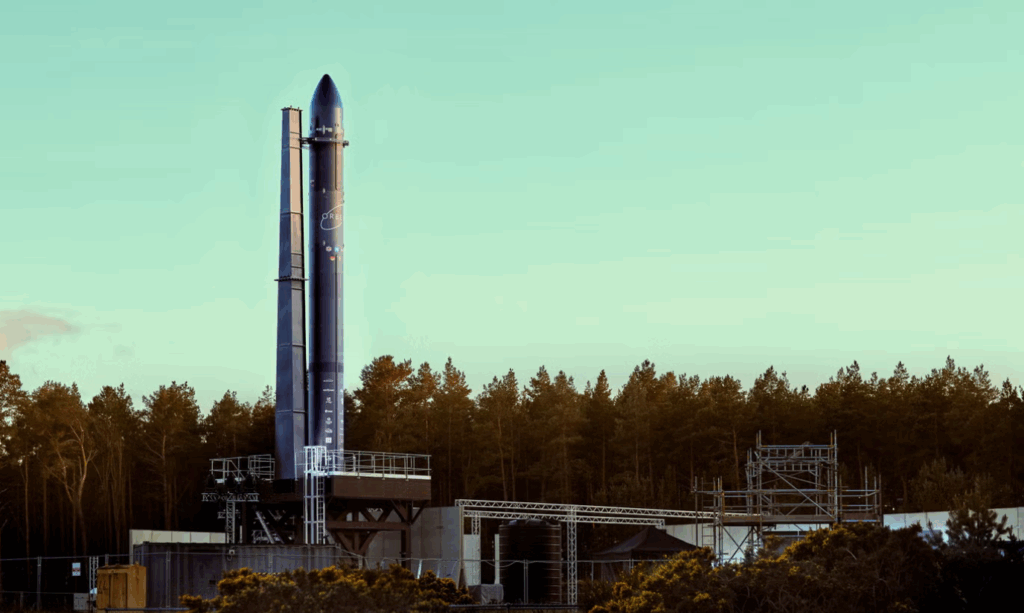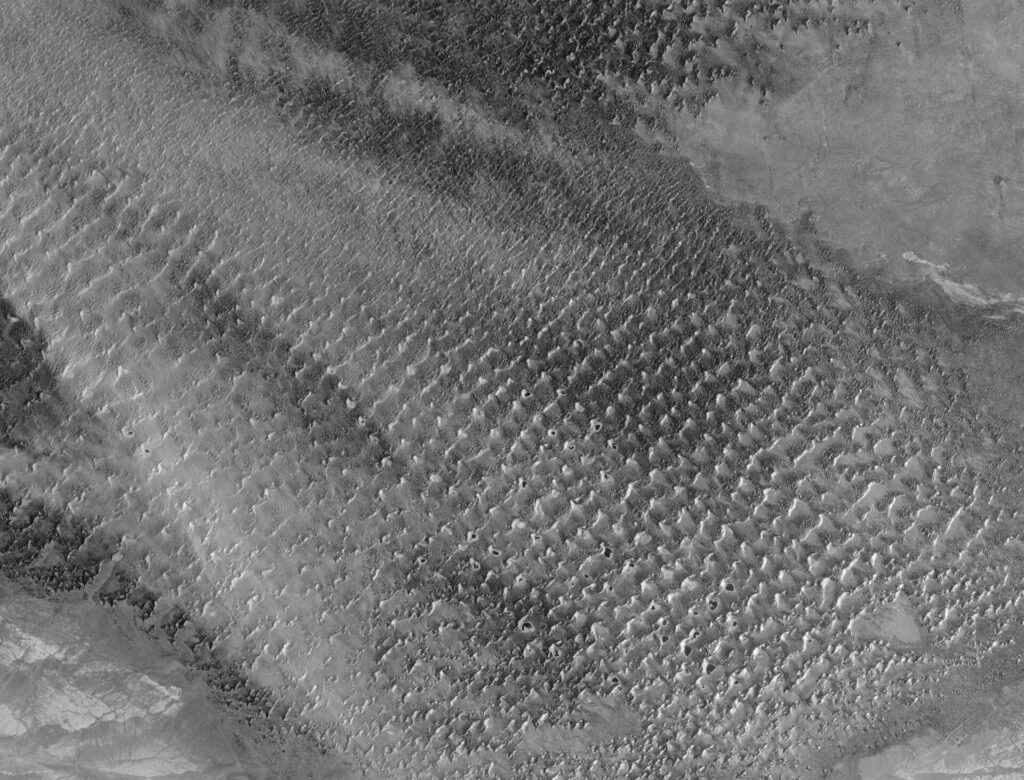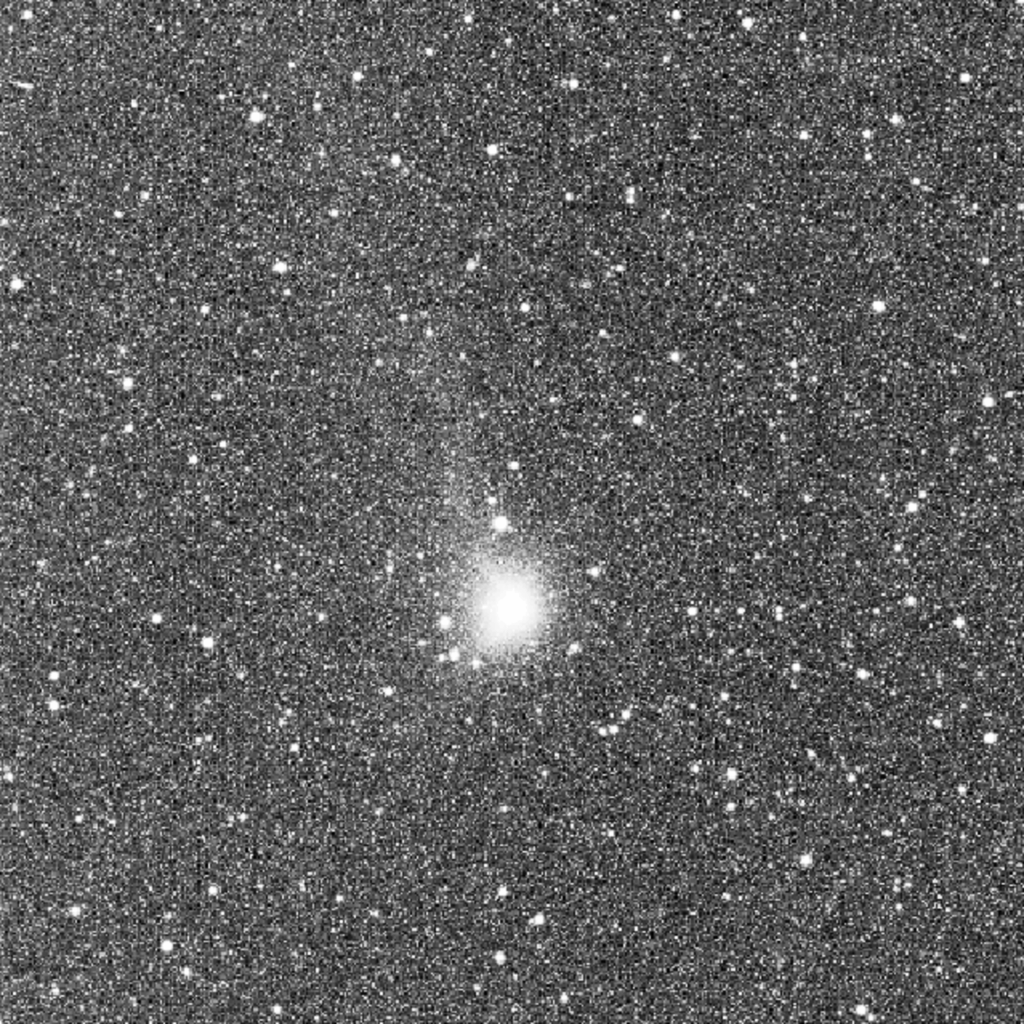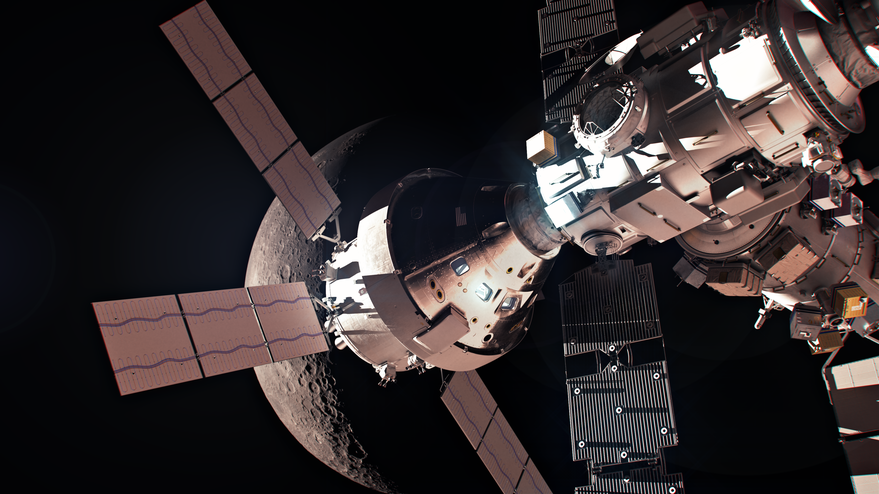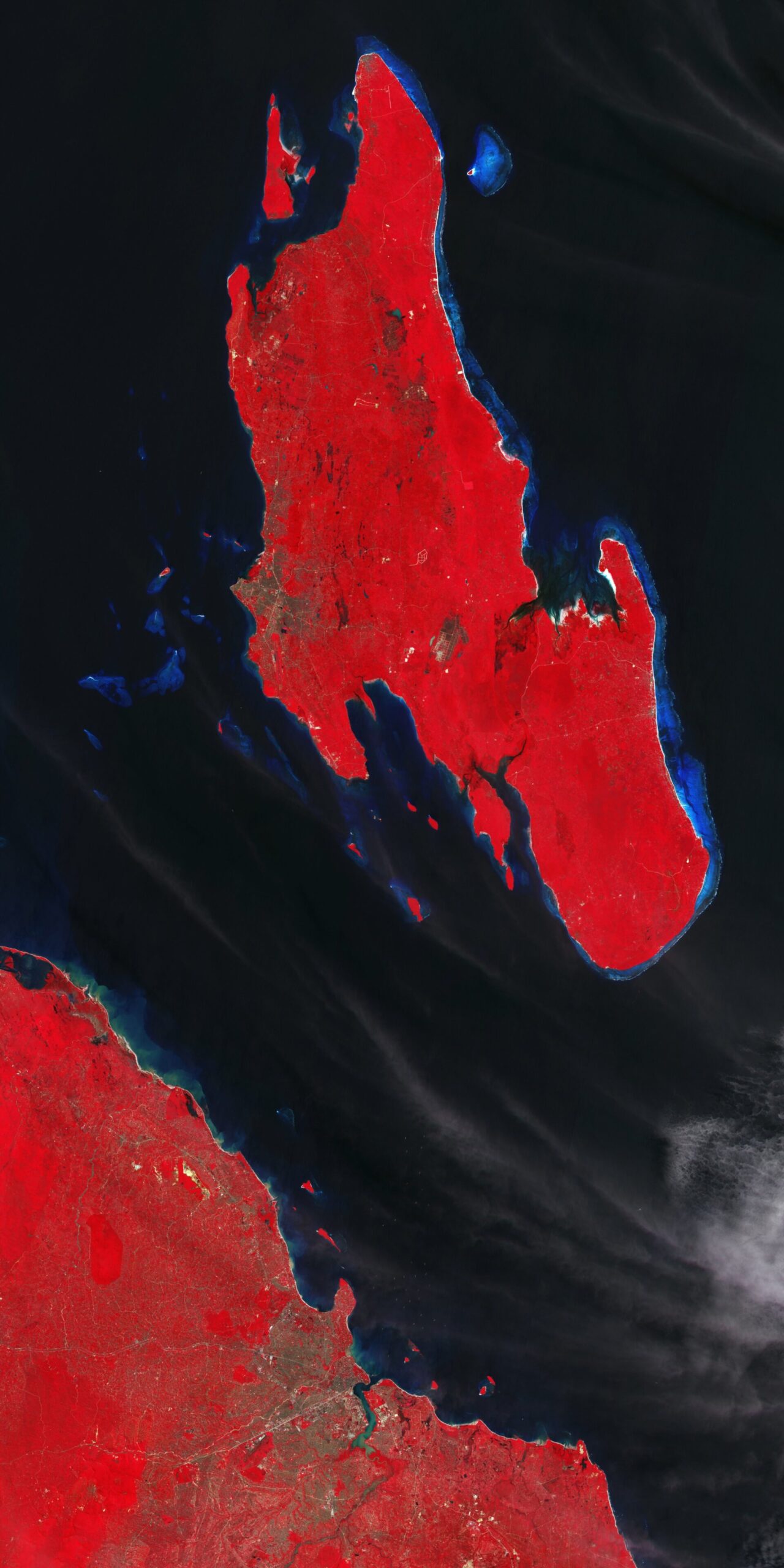Now Reading: Antarctic waters getting saltier as sea ice wanes
-
01
Antarctic waters getting saltier as sea ice wanes
Antarctic waters getting saltier as sea ice wanes
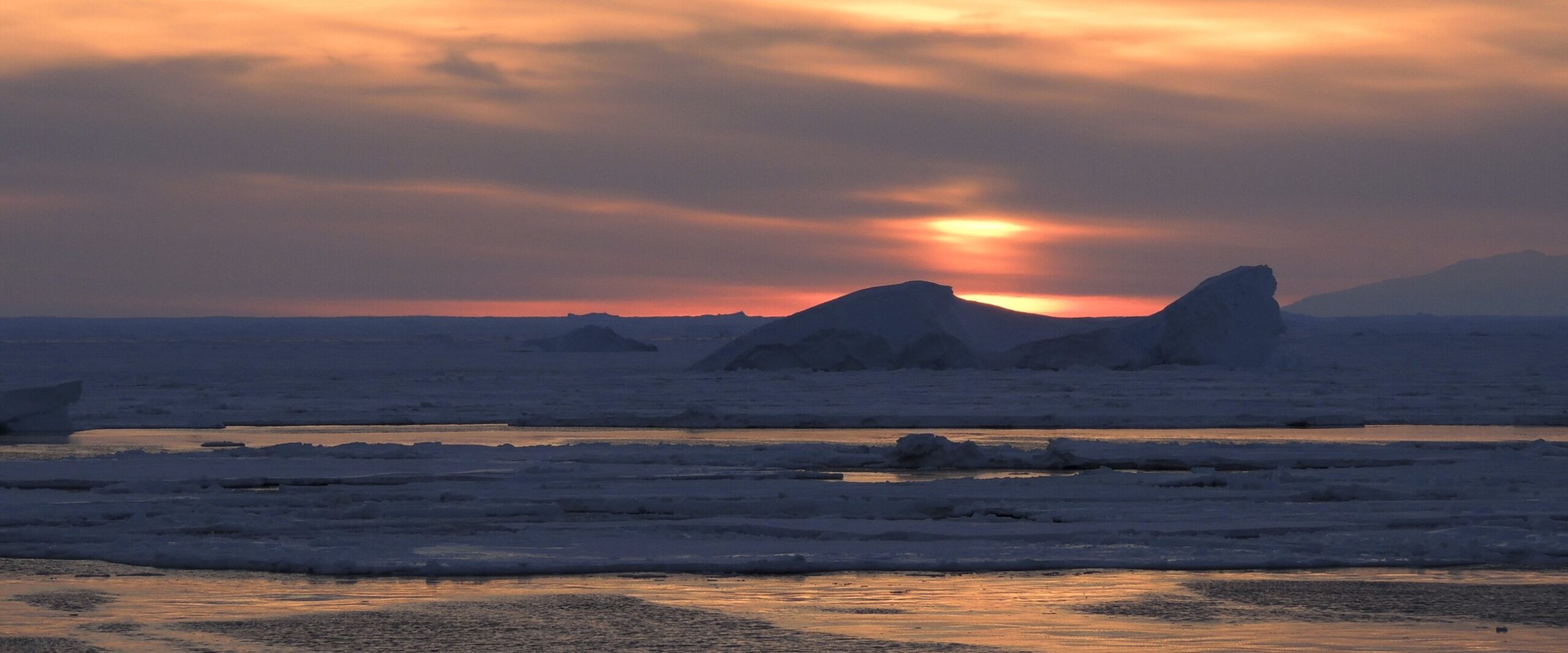

04/07/2025
245 views
10 likes
Using data from ESA’s SMOS satellite, scientists have revealed a surprising shift in the Southern Ocean – surface waters around Antarctica are growing saltier, even as sea ice is diminishing rapidly. This finding defies the norm because melting ice typically freshens ocean surface water.
The implications are far-reaching as changes in this remote region can disrupt global ocean currents, affect climate patterns, and alter ecosystems far beyond the Antarctic.
Since 2015, Antarctica has lost an area of sea ice comparable in size to Greenland – one of the fastest environmental changes on the planet in recent decades. Typically, melting ice reduces the salinity of surface waters, creating conditions that then help ice to regenerate.
However, using measurements of ocean salinity from ESA’s SMOS mission, a team of researchers, led by the University of Southampton in the UK, has made a startling discovery.
They found that there has been a sudden rise in surface salinity south of 50° S latitude, implying that the processes involved in ice melt freshening surface waters is more intricate.
This change was completely unexpected. Since the early 1980s, surface waters had been getting fresher and colder, helping sea ice expand.
Alessandro Silvano, who led the research published this week in the journal PNAS, said, “The discovery was unexpected because melting ice should freshen the ocean, not make it saltier. Yet SMOS satellite data reveal the opposite is occurring, and this is deeply troubling.
“Saltier surface waters alter the dynamics of the ocean. Normally, the cold, fresh surface water sits on top of warmer, saltier water deep below, since buoyancy at these latitudes is largely controlled by salinity. This layering, traps heat in the ocean depths, keeping surface waters cool and helping sea ice to form.
“But now the saltier surface waters are enabling heat from deeper down to rise more readily. This upward flow of warmer water melts sea ice from beneath, making it significantly harder for ice to reform.”
This shift in ocean conditions has coincided with a sharp decline in Antarctic sea ice and the unexpected reappearance of the Maud Rise polynya – a vast area of open water in the Weddell Sea that hasn’t been seen since the 1970s.
Dr Silvano commented, “The return of the Maud Rise polynya highlights just how abnormal the current situation is. If this trend of higher salinity and reduced ice persists, it could lead to lasting changes in the Southern Ocean, with consequences for the rest of the world.”
Monitoring the Southern Ocean is no easy task. As one of the most remote and stormy regions on the planet, and shrouded in darkness for months at a time, it poses significant challenges for scientific study.
To overcome these challenges, researchers at the University of Southampton, in collaboration with the Barcelona Expert Centre in Spain, developed advanced algorithms to track surface ocean conditions in polar regions using satellite data. The project was funded through ESA’s Science for Society initiative under the Earth Observation FutureEO programme.
Roberto Sabia, ESA Earth Observation Ocean Scientist, said “This is yet another example of how crucial sea-surface salinity measurements from space are. This novel regional product has been devised to overcome the conventional limitations of salinity retrieval at high-latitudes, an area where seawater density is largely controlled by salinity.”
By integrating observations from ESA’s SMOS satellite with in-situ measurements from various devices, the team built a 15-year dataset capturing long-term changes in salinity, temperature, and sea ice across the Southern Ocean.
Dr Silvano added, “Our new study has revealed that the Southern Ocean is changing, but in a different way to what we expected.
“We might be closer to passing a tipping point than expected and we have potentially entered a new state defined by persistent sea ice decline, sustained by a newly discovered feedback loop.”
The loss of Antarctic sea ice has far-reaching global consequences. As the ice melts, more heat stored in the ocean is released into the atmosphere, fuelling more intense storms and accelerating climate change.
This, in turn, contributes to extreme heatwaves on land and further melting of the Antarctic ice sheet – leading to rising sea levels around the world. Diminished sea ice also threatens vital habitats for penguins and other species that depend on the ice for survival.
Antarctica is no longer the stable, frozen continent it was once thought to be. It is undergoing rapid and unexpected changes that current climate models didn’t predict. Until recently, these models assumed that a warming climate would lead to increased precipitation and ice melt, freshening surface waters and helping to maintain relatively stable sea ice levels.
That assumption no longer holds true. These new findings reveal a rise in surface water salinity, a breakdown in the ocean’s layered structure, and a much faster decline in sea ice than previously anticipated.
Alberto Naveira Garabato, a co-author of the paper, added, “These findings show that we still have gaps in our understanding of ocean and climate dynamics. Continuous satellite and in-situ monitoring is essential if we want to track and predict these critical changes.”
This activity is part of the ESA–EC Earth System Science Initiative, aiming at ensuring scientific coordination across ESA- and EC-funded projects to address major observation and knowledge gaps in Earth system and climate research.
About SMOS
ESA’s remarkable Soil Moisture and Ocean Salinity (SMOS) mission has recently its 15-year milestone in orbit, observing two important aspects of Earth’s water cycle: soil moisture and ocean salinity.
The mission has advanced our understanding of how water is exchanged between the planet’s surface and the atmosphere, helping to improve weather and climate models.
Launched in 2009, SMOS is an Earth Explorer missions developed within ESA’s FutureEO programme.
Stay Informed With the Latest & Most Important News
Previous Post
Next Post
-
 012024 in Review: Highlights from NASA in Silicon Valley
012024 in Review: Highlights from NASA in Silicon Valley -
 02Panasonic Leica Summilux DG 15mm f/1.7 ASPH review
02Panasonic Leica Summilux DG 15mm f/1.7 ASPH review -
 03How New NASA, India Earth Satellite NISAR Will See Earth
03How New NASA, India Earth Satellite NISAR Will See Earth -
 04And Thus Begins A New Year For Life On Earth
04And Thus Begins A New Year For Life On Earth -
 05Astronomy Activation Ambassadors: A New Era
05Astronomy Activation Ambassadors: A New Era -
06SpaceX launch surge helps set new global launch record in 2024
-
 07From Polymerization-Enabled Folding and Assembly to Chemical Evolution: Key Processes for Emergence of Functional Polymers in the Origin of Life
07From Polymerization-Enabled Folding and Assembly to Chemical Evolution: Key Processes for Emergence of Functional Polymers in the Origin of Life












